Home>Renovation & DIY>Tools & Equipment>What Is A Stubby Screwdriver
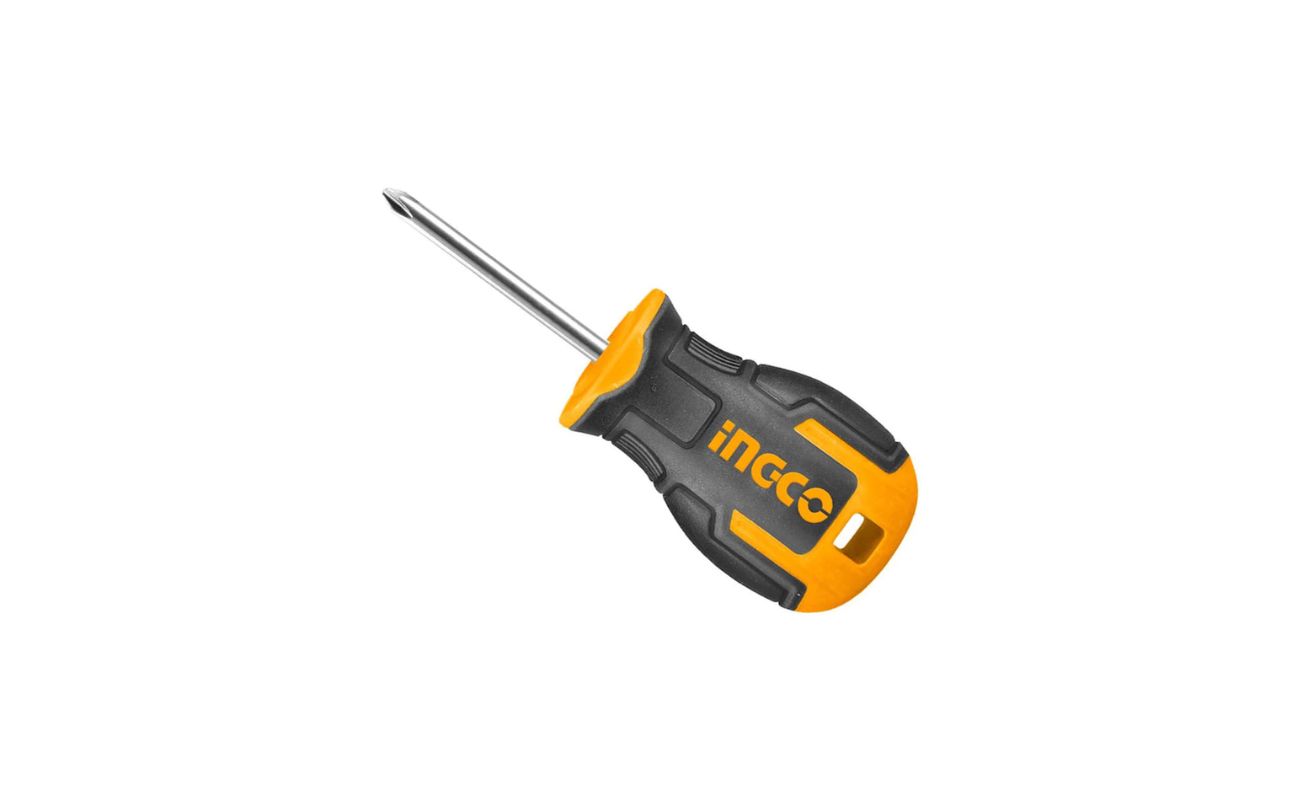

Tools & Equipment
What Is A Stubby Screwdriver
Modified: October 20, 2024
Discover the versatility and convenience of a stubby screwdriver in your toolbox. Explore the uses and benefits of this essential tool for all your tools and equipment needs.
(Many of the links in this article redirect to a specific reviewed product. Your purchase of these products through affiliate links helps to generate commission for Storables.com, at no extra cost. Learn more)
Introduction
A screwdriver is a versatile tool that is essential in every toolbox. It is often used for tightening or loosening screws in various applications. However, there are situations where a regular-sized screwdriver may not be the most practical option. That is where a stubby screwdriver comes in handy.
A stubby screwdriver, as the name suggests, is a compact version of a traditional screwdriver. It is designed with a shorter handle and a shorter blade or tip. This allows for better maneuverability in tight spaces where a regular screwdriver may not fit comfortably. Stubby screwdrivers are especially useful for working in confined areas or when you need increased control and precision.
In this article, we will explore the various benefits of using a stubby screwdriver, the different types available, how to choose the right one for your needs, tips for safe usage, common applications, and more. So, let’s dive in!
Key Takeaways:
- Stubby screwdrivers offer enhanced maneuverability, control, and precision in tight spaces, making them invaluable for professionals and DIY enthusiasts across various industries and applications.
- When choosing a stubby screwdriver, consider factors such as screw head compatibility, build quality, grip comfort, and additional features to ensure optimal performance and functionality. Follow safety guidelines for effective and secure usage.
Read more: What Is A Slotted Screwdriver
Definition of a Stubby Screwdriver
A stubby screwdriver is a compact and versatile tool utilized for turning screws with a shorter handle and blade or tip compared to a regular screwdriver. It is designed to provide increased control, maneuverability, and access in tight or hard-to-reach spaces where a longer screwdriver may be impractical.
The handle of a stubby screwdriver is typically shorter, allowing for a firmer and more comfortable grip. This enables the user to exert greater force and precision when turning screws, even in areas with limited clearance. The shorter blade or tip of the screwdriver allows for better visibility and accuracy, making it well-suited for intricate tasks.
Stubby screwdrivers are available in various configurations to accommodate different types of screws. They can be found with flathead (slotted) tips, Phillips tips, Torx tips, square tips, and more. Some stubby screwdrivers even feature interchangeable bits, providing versatility and allowing for the use of different screwdriver tips on a single tool.
The compact size of stubby screwdrivers makes them ideal for working in tight spaces such as electrical boxes, car engines, appliances, and furniture assembly. They are commonly used by electricians, plumbers, mechanics, carpenters, and DIY enthusiasts for tasks that require precision, control, and accessibility.
In summary, a stubby screwdriver is a scaled-down version of a regular screwdriver, designed to provide enhanced control and access in confined areas. Its shorter handle and blade make it a valuable tool for a wide range of applications.
Benefits of Using a Stubby Screwdriver
Using a stubby screwdriver offers several advantages over a regular-sized screwdriver. Let’s explore some of the key benefits:
- Maneuverability in tight spaces: One of the primary advantages of a stubby screwdriver is its ability to navigate cramped and hard-to-reach areas. The compact size allows for better maneuverability, making it easier to work in confined spaces where a regular screwdriver may not fit comfortably.
- Increased control and precision: The shorter handle of a stubby screwdriver provides better control and precision while turning screws. The reduced length allows for a firmer grip, enabling users to apply the necessary force and avoid slip-ups. This is particularly valuable when working on delicate or intricate tasks.
- Better visibility: Due to its compact design, a stubby screwdriver allows for improved visibility of the screw and work area. With a shorter blade or tip, users can have a clearer view of the screw head, making it easier to align and position the screwdriver correctly.
- Comfort and reduced fatigue: The shorter handle of a stubby screwdriver offers greater comfort during extended use. With less handle length to hold, users experience reduced hand fatigue, making it more comfortable to work for longer periods without sacrificing control or accuracy.
- Versatility: Stubby screwdrivers come in various tip configurations, accommodating different types of screws. Some models even feature interchangeable bits, further expanding their versatility. With a single stubby screwdriver, you can tackle a wide range of screw-driven tasks without the need for multiple tools.
- Portable and space-saving: The compact size of a stubby screwdriver makes it highly portable and easy to carry. Its smaller dimensions also make it space-efficient, fitting comfortably in tool belts, pouches, or even pockets, making it convenient to keep on hand whenever needed.
These benefits make a stubby screwdriver an invaluable tool in various industries and applications, including electronics repair, automotive maintenance, woodworking, and more. Whether you are a professional tradesperson or a DIY enthusiast, a stubby screwdriver can greatly enhance your productivity and efficiency in challenging work environments.
Different Types of Stubby Screwdrivers
Stubby screwdrivers are available in a range of types and configurations to suit different screw head types and applications. Here are some of the common types of stubby screwdrivers:
- Flathead (Slotted) Stubby Screwdriver: This type of stubby screwdriver features a flat, single-slot tip designed for slotted screws. It is commonly used in applications where slotted screws are prevalent, such as electrical outlets, light switches, and other household fixtures.
- Phillips Stubby Screwdriver: The Phillips stubby screwdriver has a pointed, cross-shaped tip specifically designed for Phillips screws. It is widely used in industries like electronics, automotive, and furniture assembly where Phillips screws are commonly used.
- Torx Stubby Screwdriver: Torx stubby screwdrivers come with a star-shaped tip, designed for Torx screws. These screws are commonly found in electronics, appliances, and automotive components.
- Square (Robertson) Stubby Screwdriver: The square stubby screwdriver features a square-shaped tip, also known as a Robertson tip. It is primarily used in construction, woodworking, and electrical applications, where square screws are prevalent.
- Hex Stubby Screwdriver: Hex stubby screwdrivers have a hexagonal-shaped tip, designed for hex screws and bolts. They are commonly used in automotive and machinery applications.
- Precision Stubby Screwdriver: Precision stubby screwdrivers are specifically designed for delicate and intricate tasks. They often come with interchangeable bits, allowing for versatility and compatibility with various screw types.
It’s important to select the appropriate type of stubby screwdriver based on the screw head type you will be working with. This ensures that you have the right tool for the job and minimizes the risk of damaging the screws or surrounding materials.
Additionally, some stubby screwdrivers come with magnetic tips to help hold screws in place, while others may have comfort grips for improved ergonomics during use. Consider these additional features when choosing the best stubby screwdriver for your needs.
A stubby screwdriver is a short-handled tool designed for use in tight spaces. It provides better control and leverage in confined areas where a standard screwdriver may not fit.
How to Choose the Right Stubby Screwdriver for Your Needs
When selecting a stubby screwdriver, there are a few key factors to consider to ensure you choose the right tool for your specific needs. Here are some important considerations:
- Screw Head Compatibility: Determine the types of screw heads you commonly encounter in your work or projects. Choose a stubby screwdriver that matches the screw head types you will be working with, such as flathead, Phillips, Torx, square, or hex.
- Build Quality: Look for a stubby screwdriver made from durable materials, such as high-quality steel or chrome vanadium. A well-constructed screwdriver will offer better longevity and withstand the rigors of frequent use.
- Grip Comfort: Consider the comfort of the screwdriver’s handle. Look for a stubby screwdriver with an ergonomic grip or cushioned handle to minimize hand fatigue during extended use. A comfortable grip will allow you to maintain control and precision while minimizing discomfort.
- Magnetic Tip: If you often work with small screws or in overhead positions, a stubby screwdriver with a magnetic tip can be beneficial. The magnetic tip helps hold the screws in place, making it easier to position them accurately.
- Interchangeable Bits: For added versatility, consider a stubby screwdriver that comes with interchangeable bits. This allows you to use the same screwdriver handle with different types of screwdriver tips, saving space in your toolbox.
- Storage and Portability: If you need to carry your stubby screwdriver on the go, consider the size and portability. Look for a compact screwdriver that can easily fit in your pocket, tool belt, or toolbox without taking up too much space.
- Value for Money: Consider the overall value for money when making your selection. Compare the features, quality, and price of different models to ensure you are getting the best combination for your budget.
Remember, it’s important to choose a stubby screwdriver that meets your specific requirements. By considering factors such as screw head compatibility, build quality, grip comfort, and additional features, you can find the right stubby screwdriver that enhances your productivity and makes your tasks easier and more efficient.
Read more: What Is A Screwdriver Made Of
Tips for Using a Stubby Screwdriver Safely and Effectively
When using a stubby screwdriver, it’s important to follow certain guidelines to ensure both safety and optimal effectiveness. Here are some tips to keep in mind:
- Choose the Right Tool: Use the appropriate stubby screwdriver for the task at hand. Make sure it is compatible with the screw head type you are working with to avoid damaging the screw or surrounding surfaces.
- Inspect the Screwdriver: Before using a stubby screwdriver, inspect it for any signs of damage or wear. Check that the blade or tip is secure and not loose. Do not use a damaged or compromised screwdriver.
- Secure Your Grip: Ensure a firm grip on the handle of the stubby screwdriver to maintain control. Avoid applying excessive force that may lead to slipping and possible injury. Keep your hand away from the area you are working on to prevent accidental contact with sharp edges or moving parts.
- Positioning: Align the blade or tip of the screwdriver properly with the screw head to avoid slipping or stripping the screw. Apply downward pressure while turning the screwdriver to maintain a secure connection with the screw.
- Use Two Hands if Needed: For tougher or stubborn screws, use both hands to provide added stability and control. This will help prevent the screwdriver from slipping and allow you to exert more force if necessary.
- Beware of Electrical Hazards: If working with electrical components, ensure that the power is turned off before attempting any screwdriving tasks. This will minimize the risk of electrical shock or short circuits.
- Store Properly: When finished with your stubby screwdriver, store it in a clean, dry place away from moisture or extreme temperatures. This will help maintain its performance and extend its lifespan.
- Keep Away from Children: Ensure that stubby screwdrivers are kept out of reach of children. These tools can cause injury if mishandled or used improperly.
- Follow Manufacturer’s Instructions: Always refer to the manufacturer’s instructions and guidelines for the specific stubby screwdriver you are using. They may provide specific safety precautions or usage tips particular to that tool.
By following these tips, you can use a stubby screwdriver safely and effectively, minimizing the risk of accidents and achieving optimal results in your screwdriving tasks.
Common Applications of a Stubby Screwdriver
A stubby screwdriver is a versatile tool that finds application in various industries and tasks. Here are some common applications where a stubby screwdriver proves exceptionally useful:
- Electrical Work: Stubby screwdrivers are commonly used in electrical work, such as installing electrical outlets, switches, or light fixtures in confined spaces. The compact size allows electricians to maneuver easily while maintaining control.
- Automotive Maintenance: Stubby screwdrivers are indispensable in automotive maintenance, particularly when working in tight engine compartments. They help with tasks like removing or installing screws on engines, interior panels, or dashboard components.
- Furniture Assembly: When assembling furniture, stubby screwdrivers are invaluable for tightening screws in narrow or hard-to-reach spots. They make it easier to ensure a secure and stable construction of furniture pieces.
- Appliance Repair: Stubby screwdrivers are frequently used in appliance repair, where space can be limited. They enable technicians to access screws in appliances like refrigerators, washing machines, or dishwashers without disassembling the entire unit.
- Carpentry and Woodworking: Stubby screwdrivers are handy in woodworking tasks, such as fastening hinges or securing small screws in tight corners or joints. They allow for increased precision and control in delicate woodworking projects.
- Ductwork Installation: Stubby screwdrivers are ideal for working in cramped spaces during ductwork installations. They provide ease of use when securing air vents or tightening screws in narrow sections of ducts.
- Plumbing Repair: In plumbing repairs, stubby screwdrivers are valuable tools for tasks like tightening fittings or securing screws in small spaces, such as beneath sinks or behind toilets.
- DIY Home Projects: Stubby screwdrivers are indispensable in various DIY home improvement projects, such as hanging shelves, installing door hardware, or fixing loose screws in tight corners or recesses.
These are just a few examples of the many applications where a stubby screwdriver shines. Its compact size and versatility make it a valuable tool for professionals, hobbyists, and DIY enthusiasts across a wide range of industries and tasks.
Conclusion
A stubby screwdriver is a compact and powerful tool that offers numerous advantages in both professional and DIY applications. With its shorter handle and blade, it provides increased maneuverability, control, and access in tight or hard-to-reach spaces where a regular-sized screwdriver may not be practical.
We have explored the definition and benefits of using a stubby screwdriver, as well as the different types available to suit various screw head types. When selecting a stubby screwdriver, it is important to consider factors such as screw head compatibility, build quality, grip comfort, and additional features to ensure optimal performance and functionality.
Additionally, we provided safety and usage tips to enable you to use a stubby screwdriver effectively and securely. By following these guidelines, you can improve your productivity, minimize the risk of accidents, and achieve optimal results in your screwdriving tasks.
A stubby screwdriver finds application in a wide range of industries, including electrical work, automotive maintenance, furniture assembly, appliance repair, and more. Its versatility and compact size make it a valuable tool for professionals and DIY enthusiasts alike.
In conclusion, a stubby screwdriver is not just a compact version of a regular screwdriver; it is a tool that enhances control, precision, and accessibility. By adding a stubby screwdriver to your toolbox, you will be equipped to tackle tasks in tight spaces, increase productivity, and achieve outstanding results.
So, whether you are a professional tradesperson or a hobbyist tackling home improvement projects, a stubby screwdriver is a must-have tool that will prove invaluable in your work.
Frequently Asked Questions about What Is A Stubby Screwdriver
Was this page helpful?
At Storables.com, we guarantee accurate and reliable information. Our content, validated by Expert Board Contributors, is crafted following stringent Editorial Policies. We're committed to providing you with well-researched, expert-backed insights for all your informational needs.
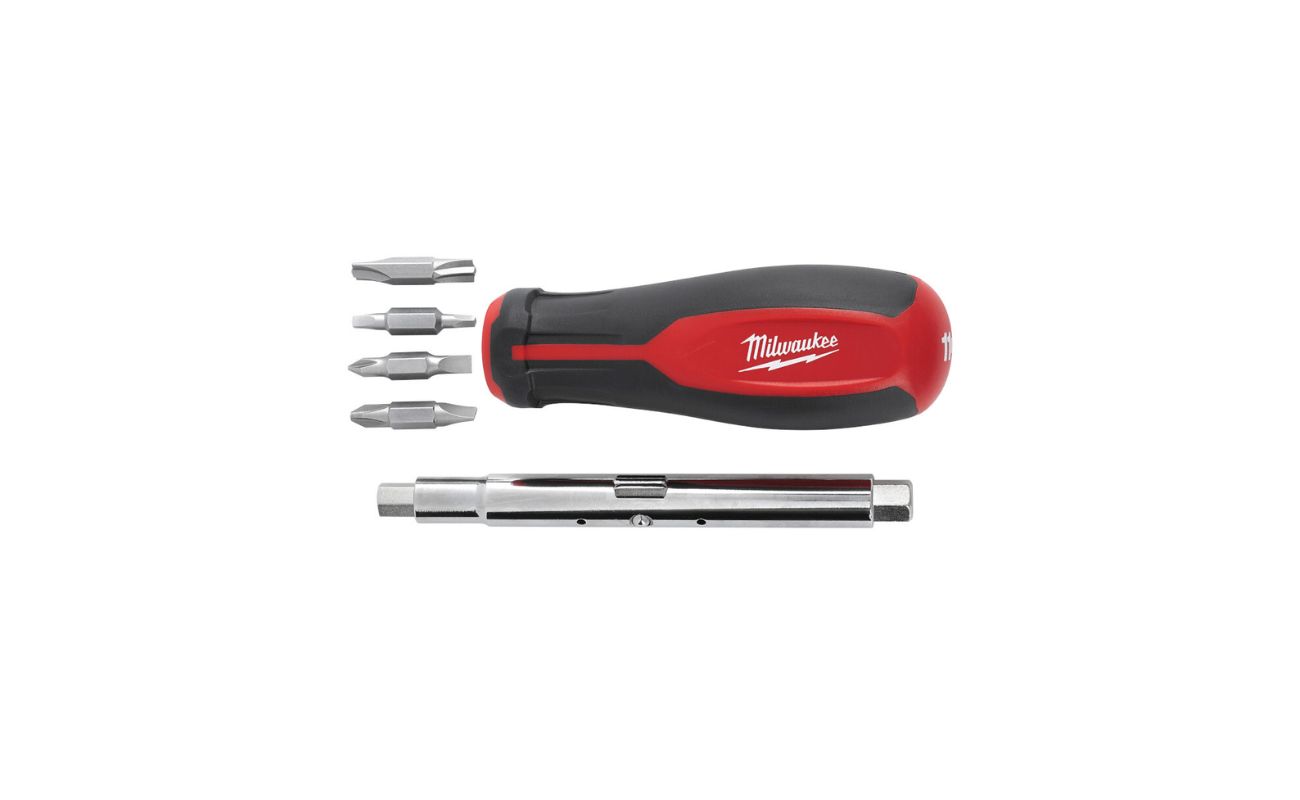
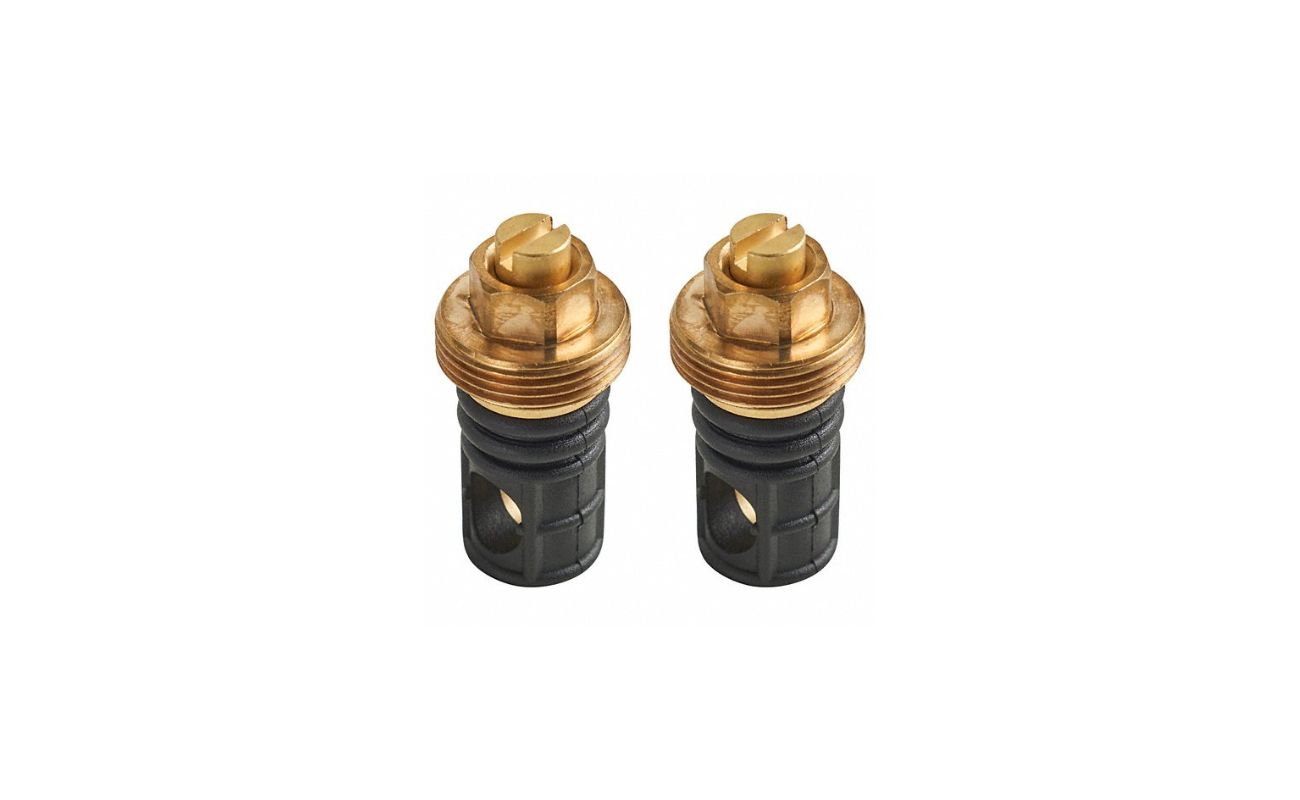
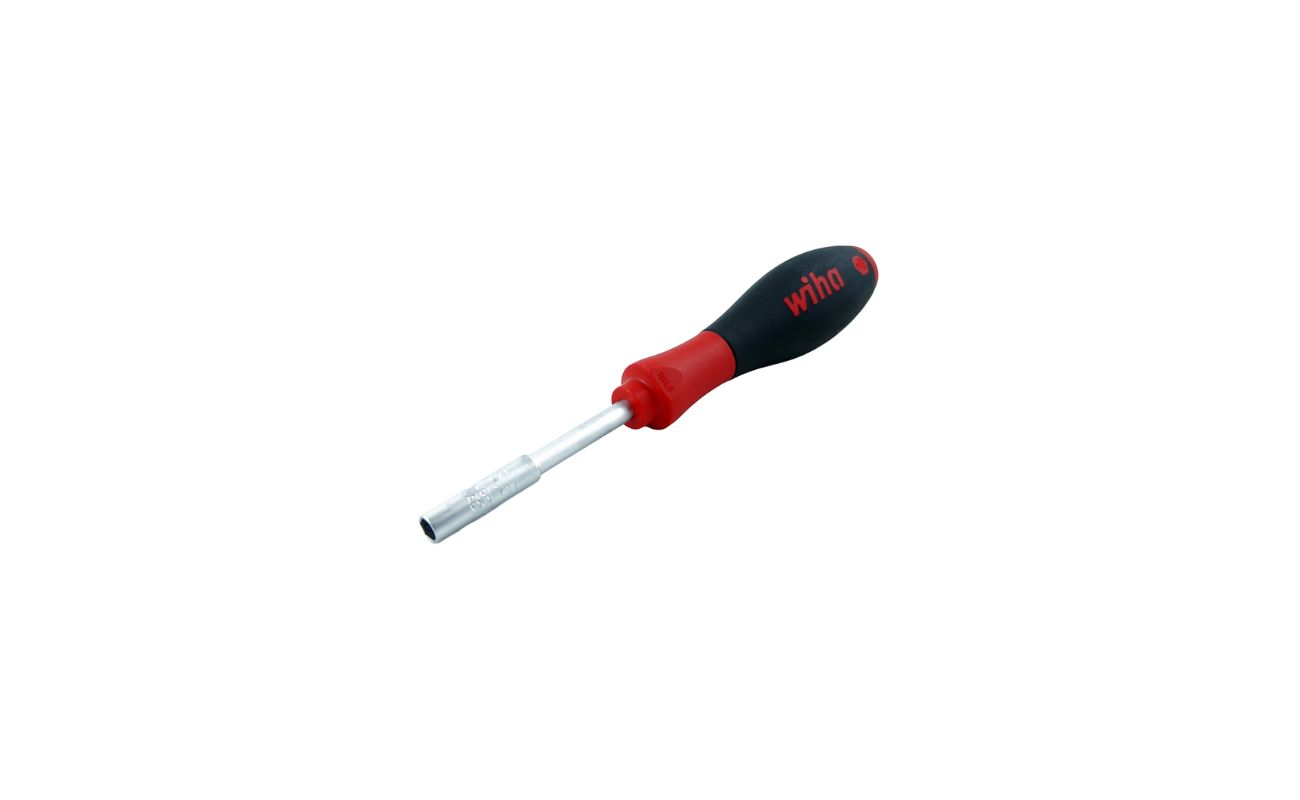
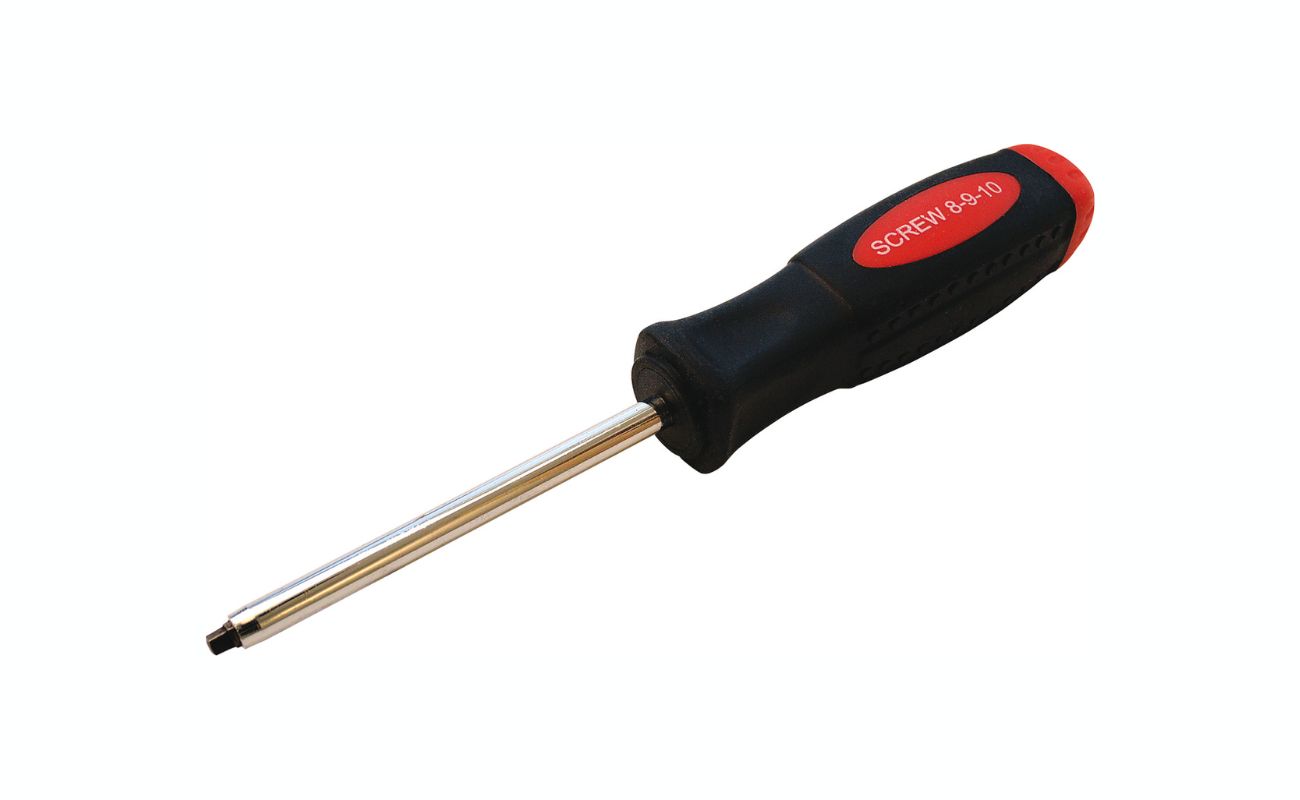
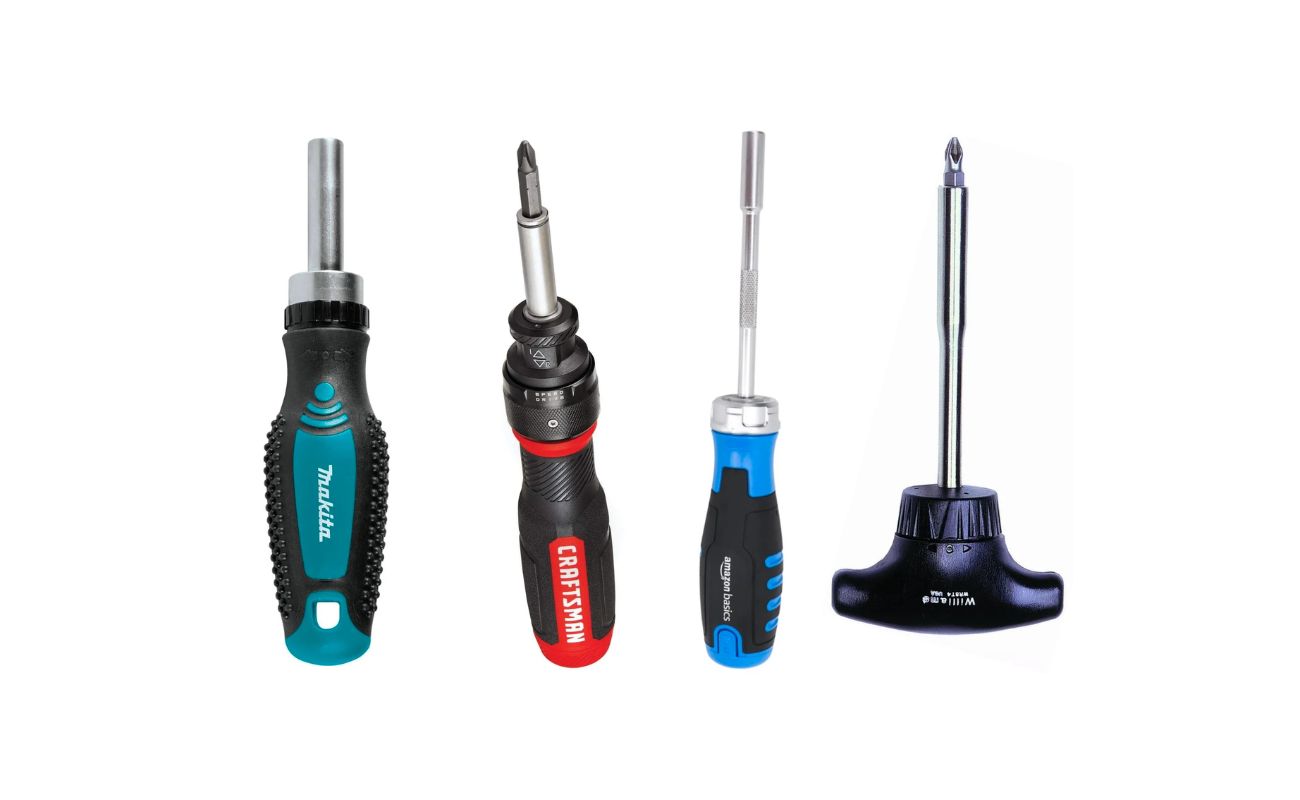

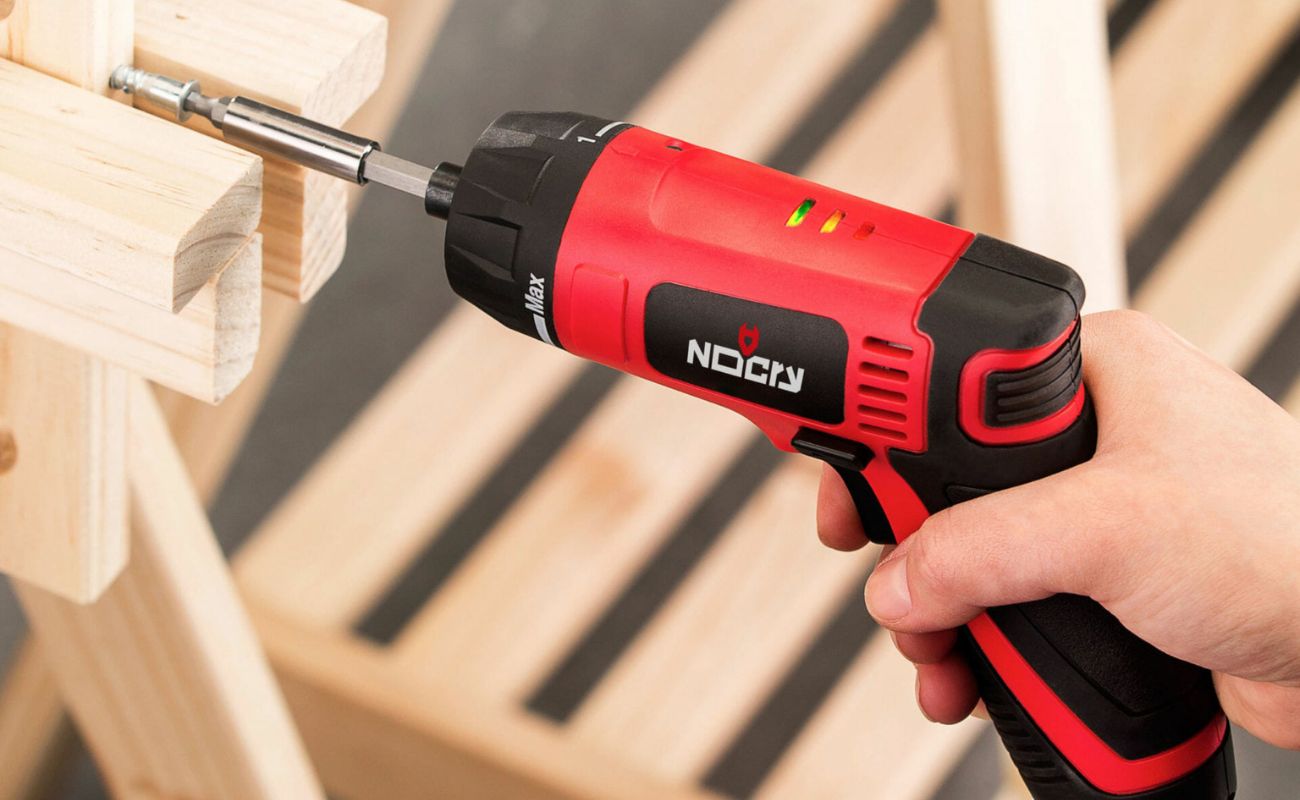
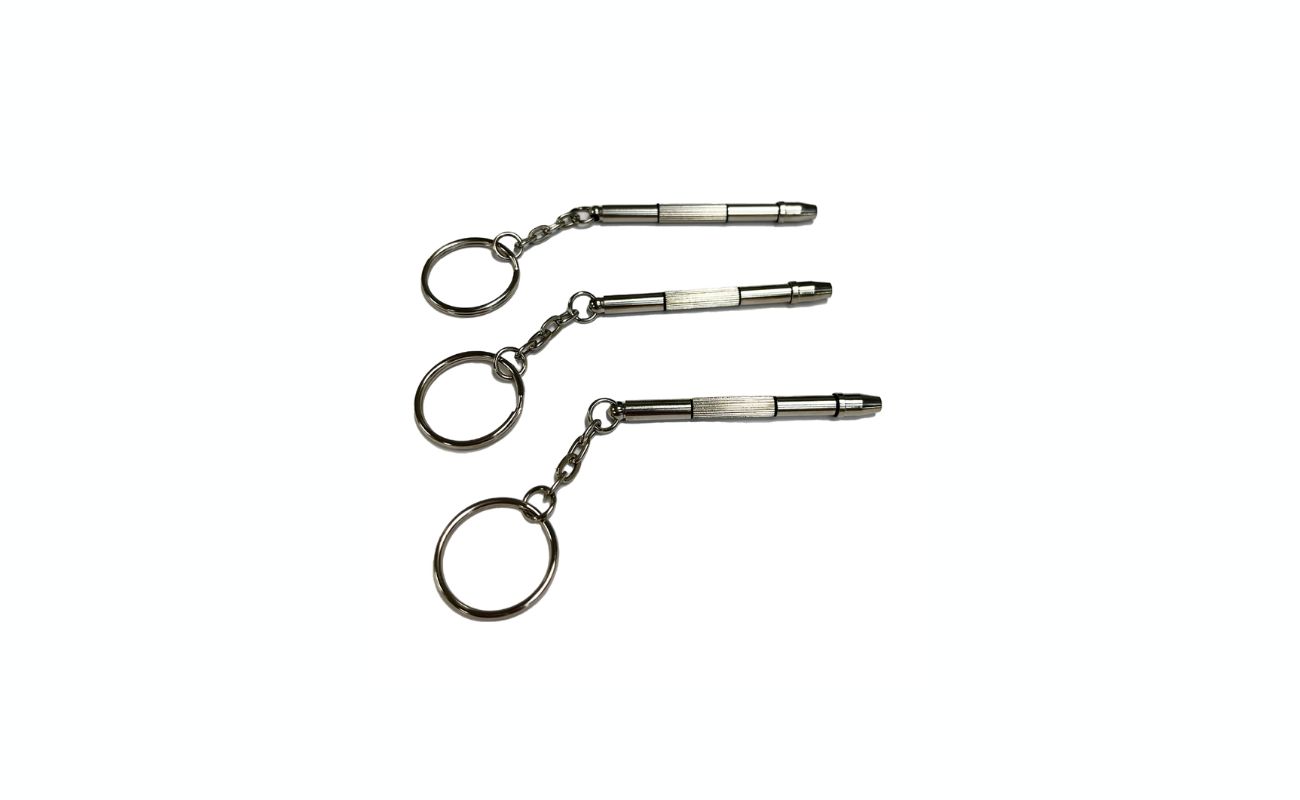
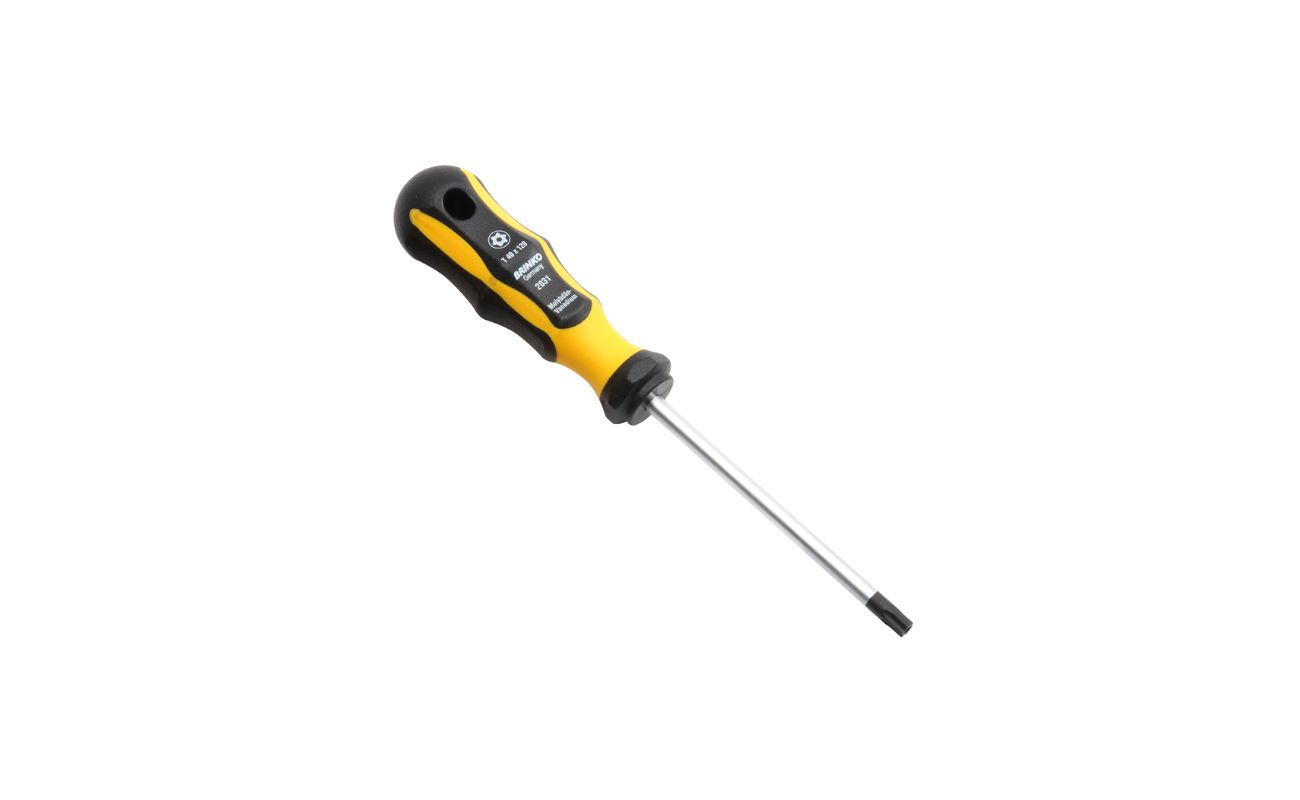
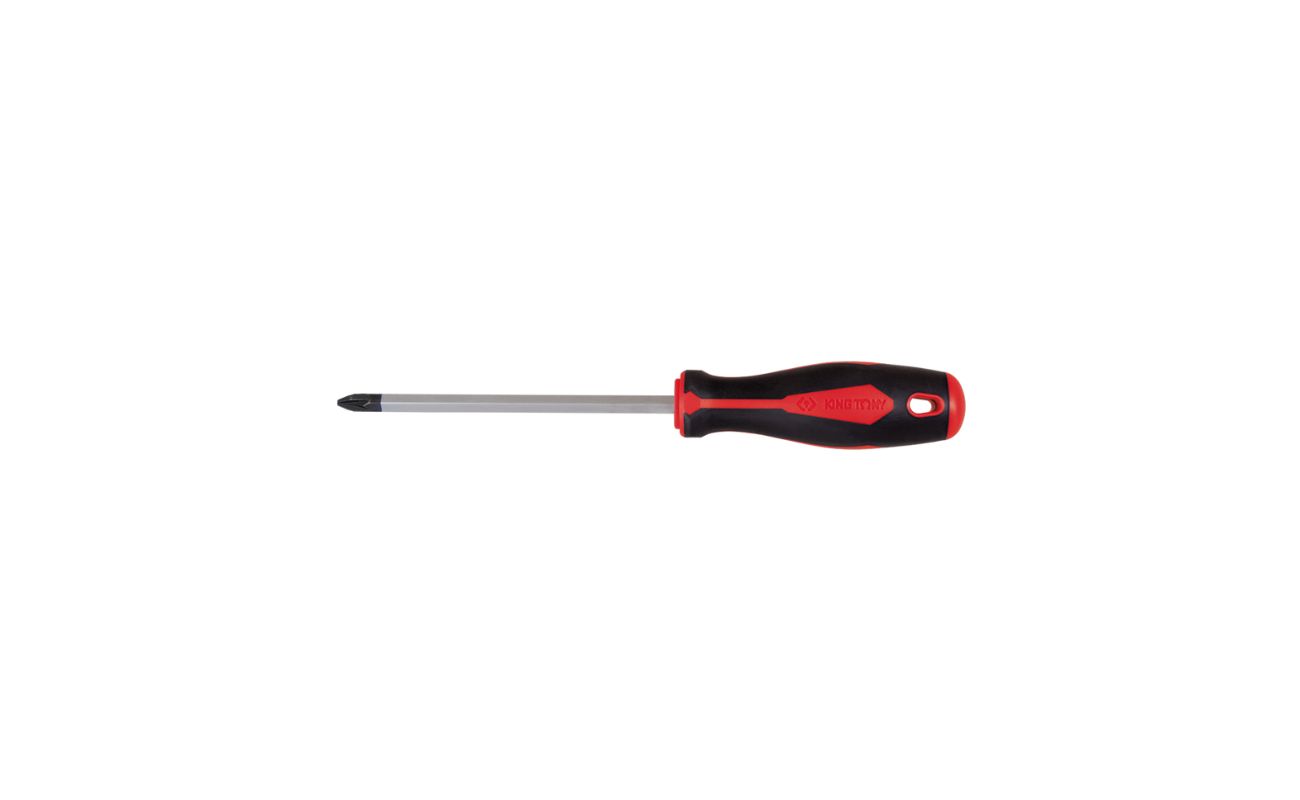
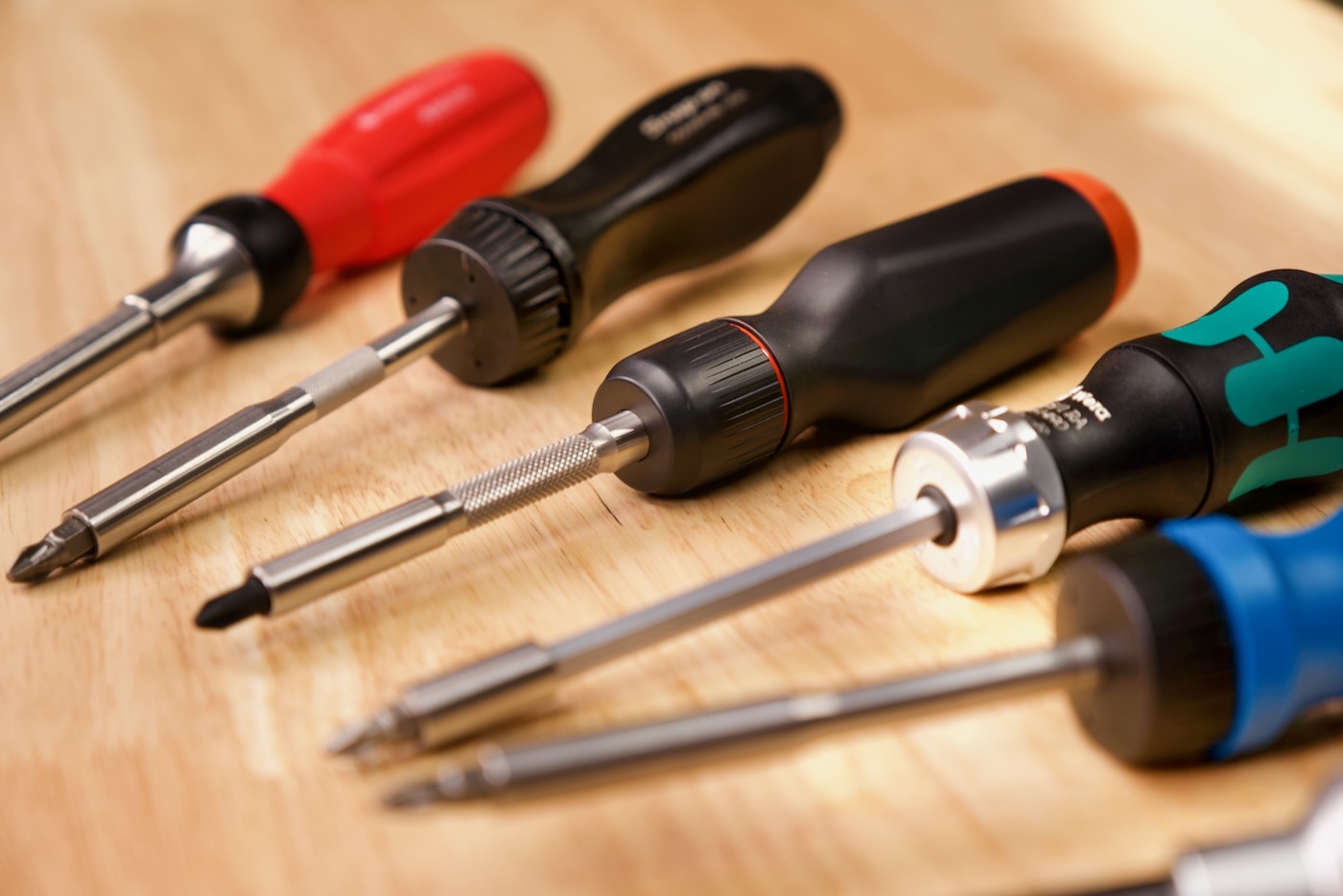
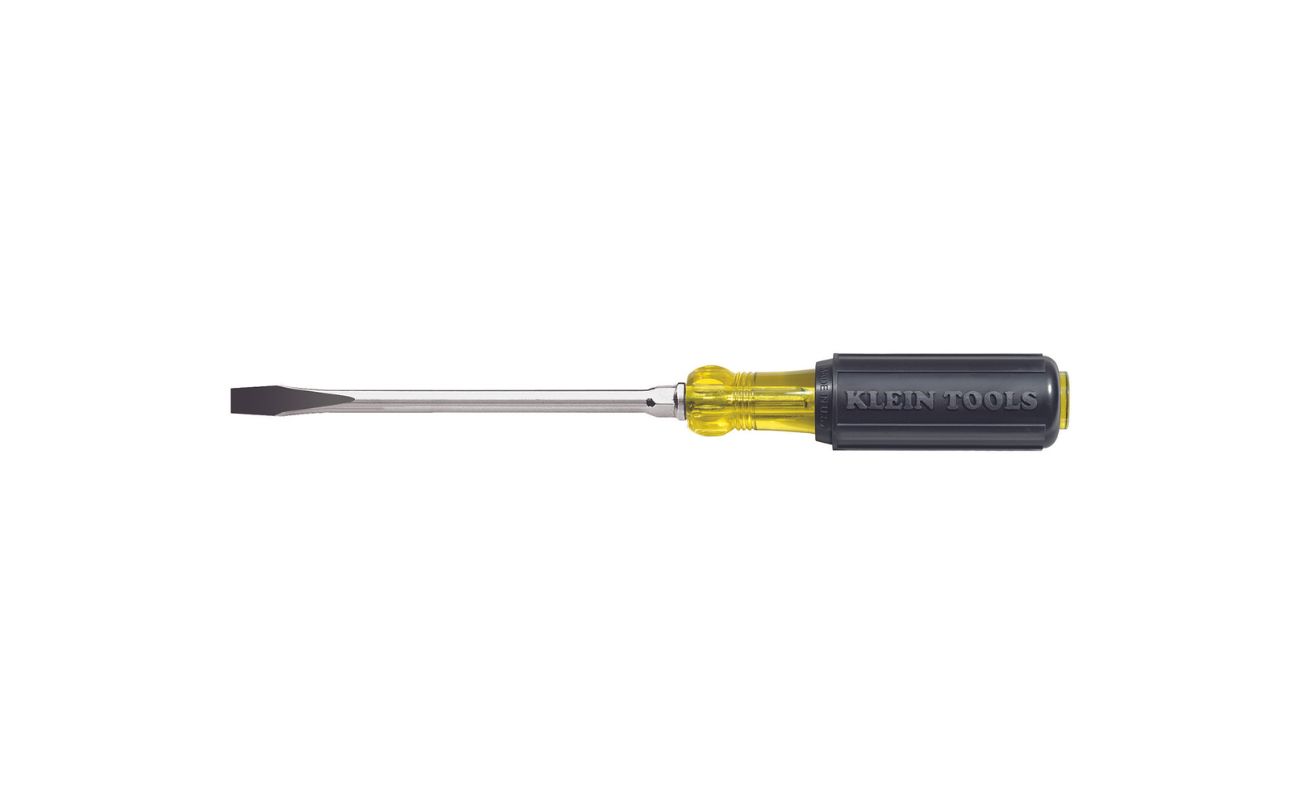
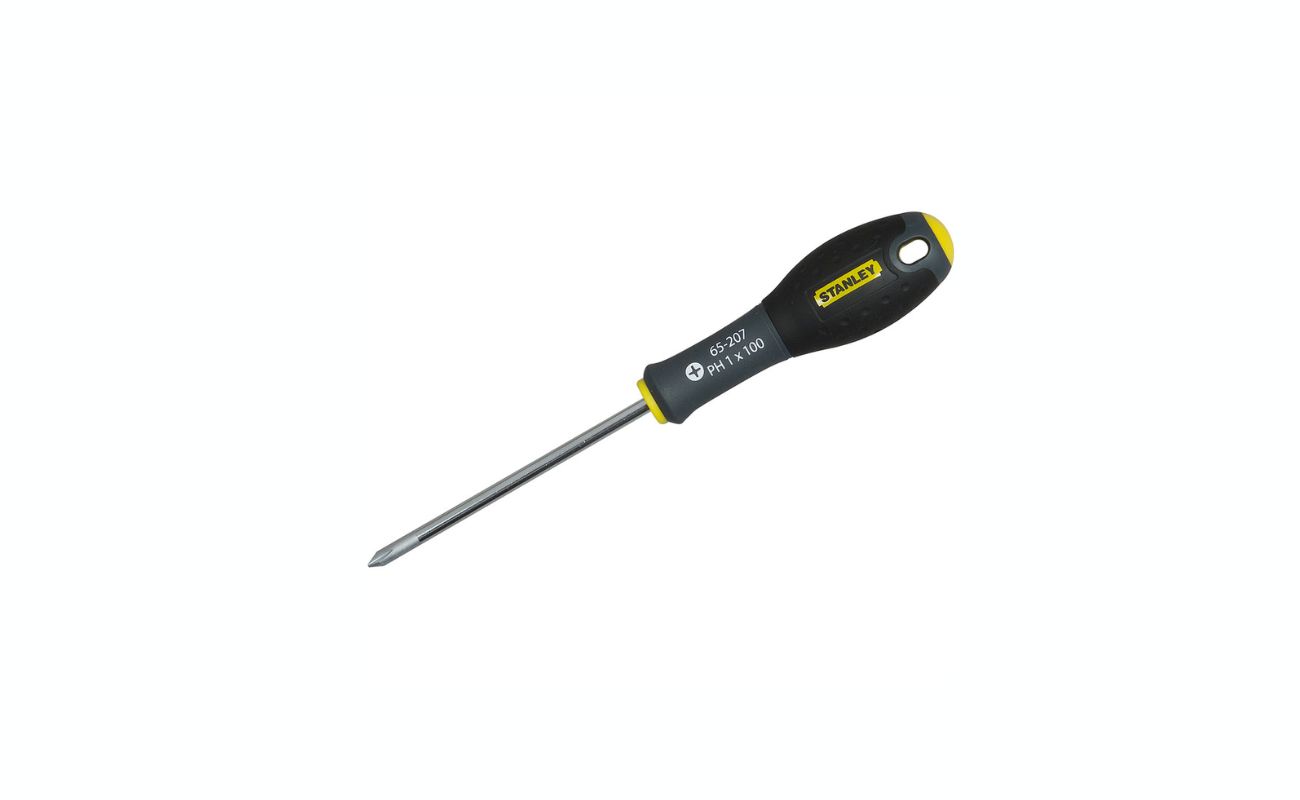
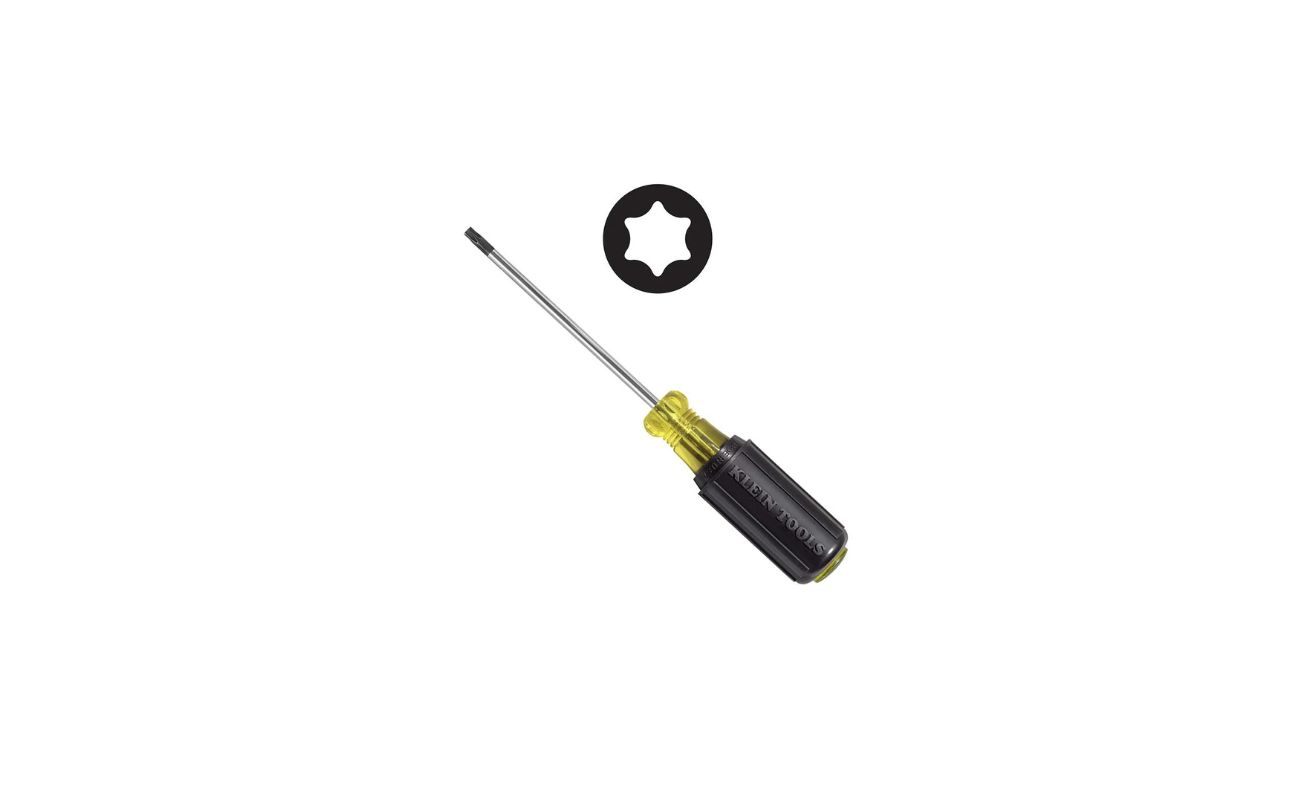

0 thoughts on “What Is A Stubby Screwdriver”